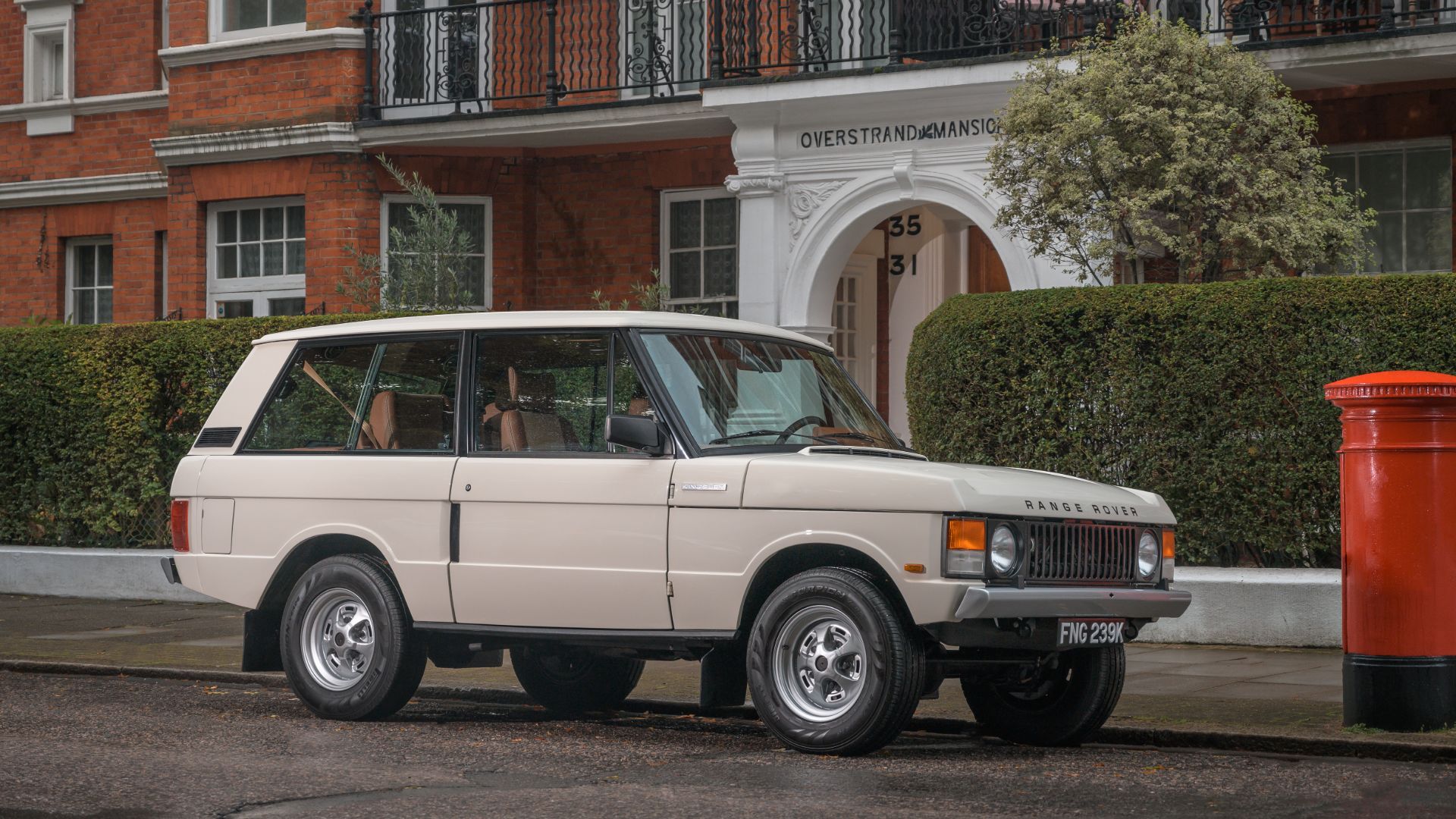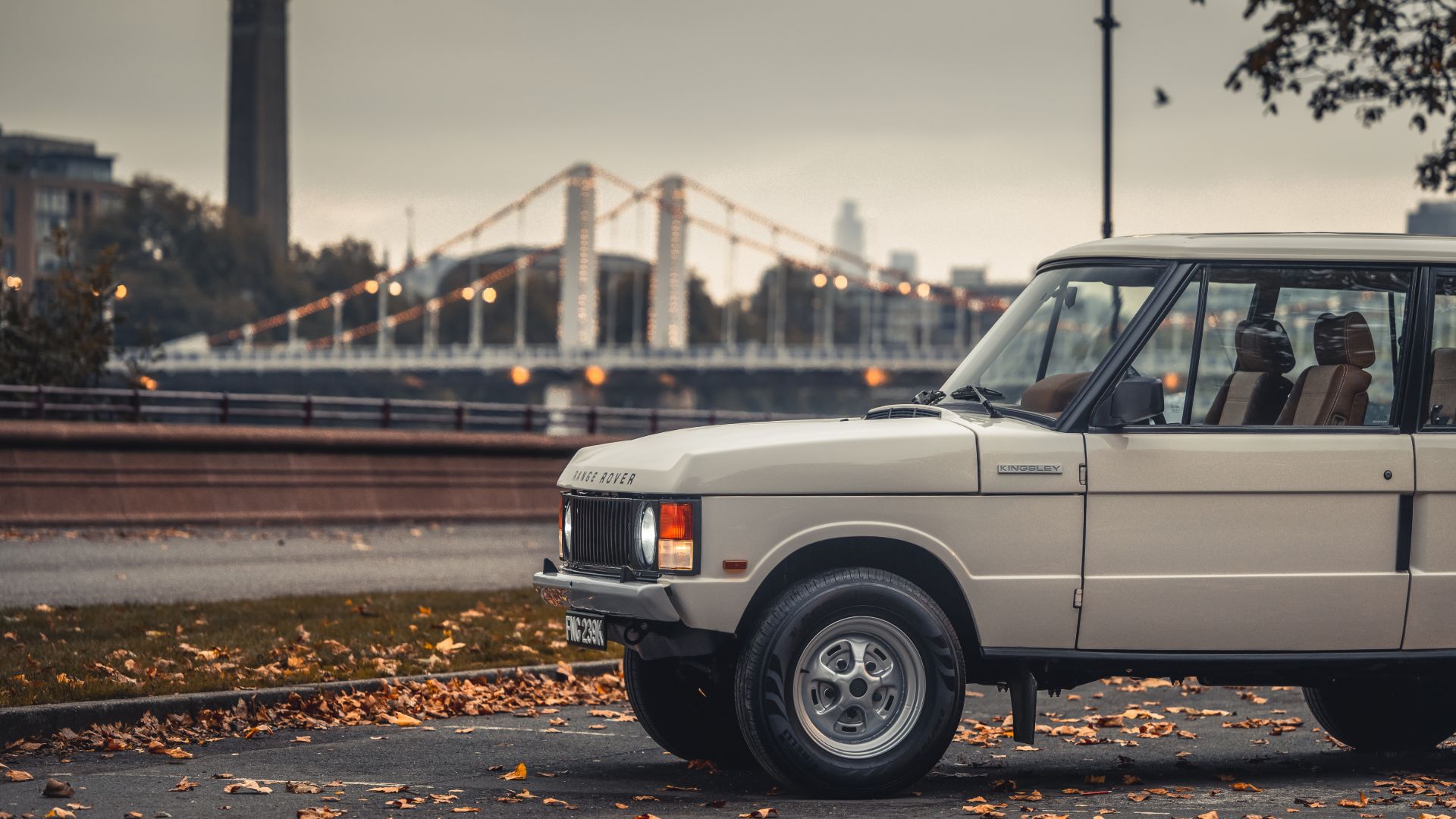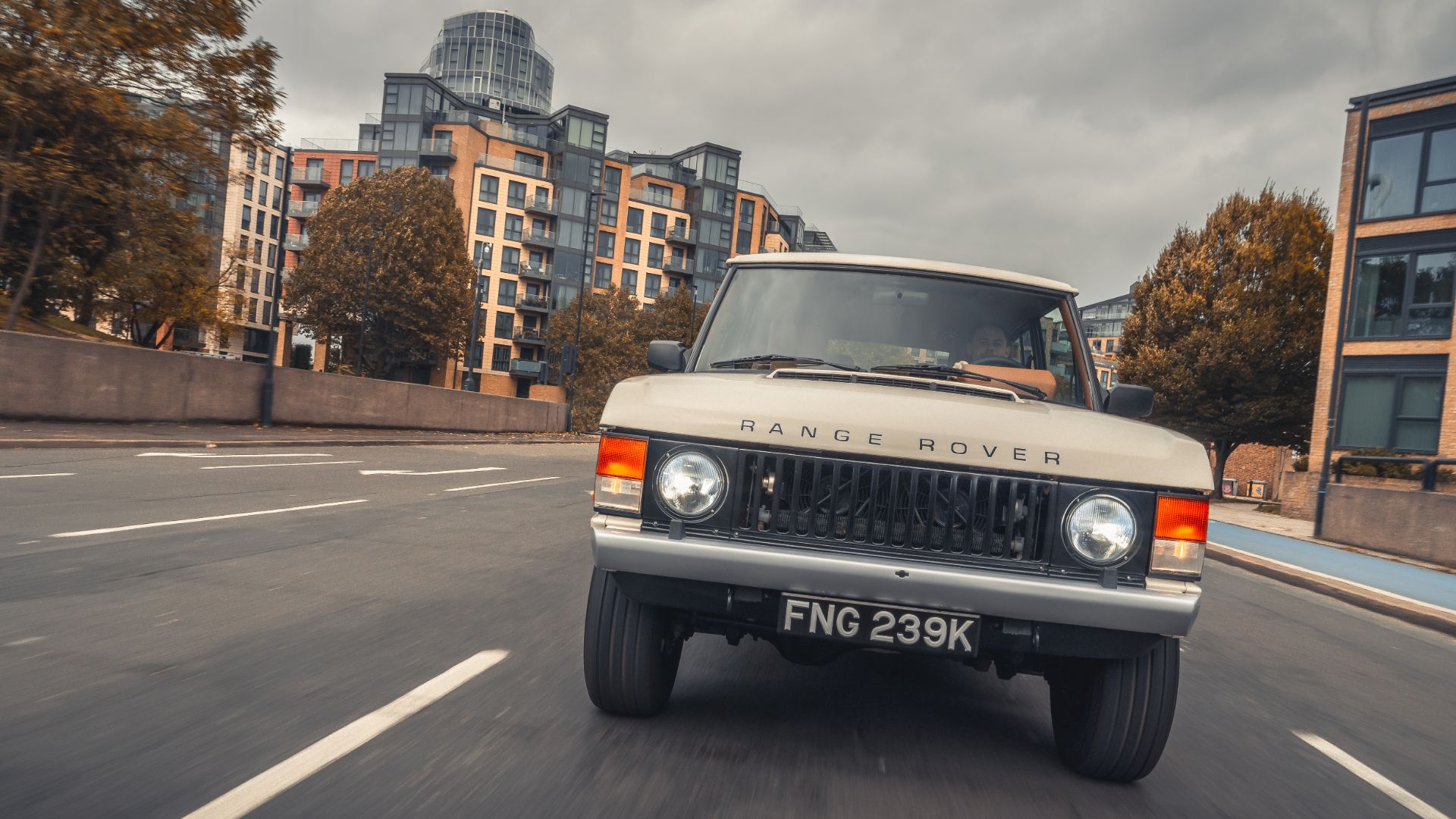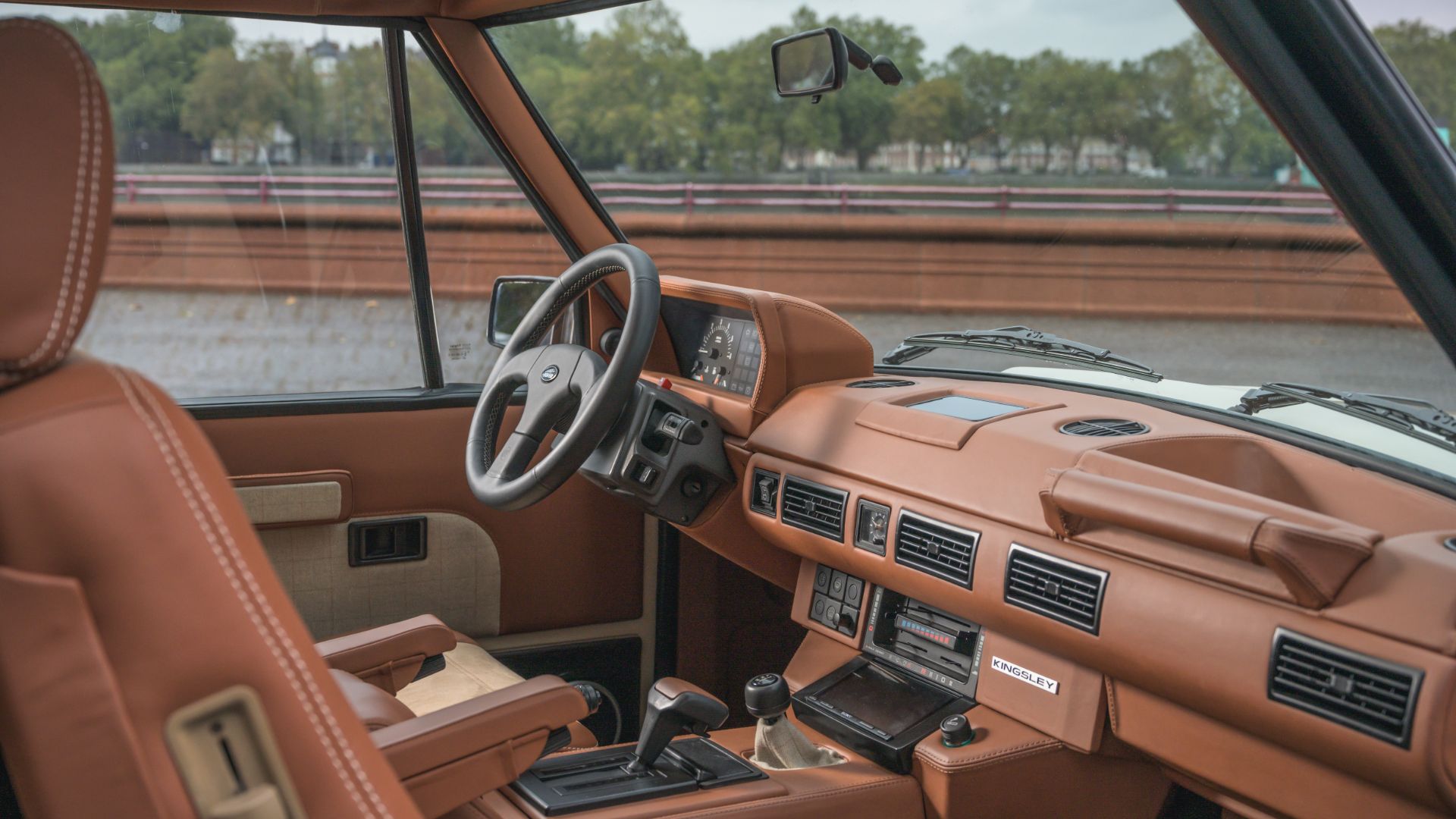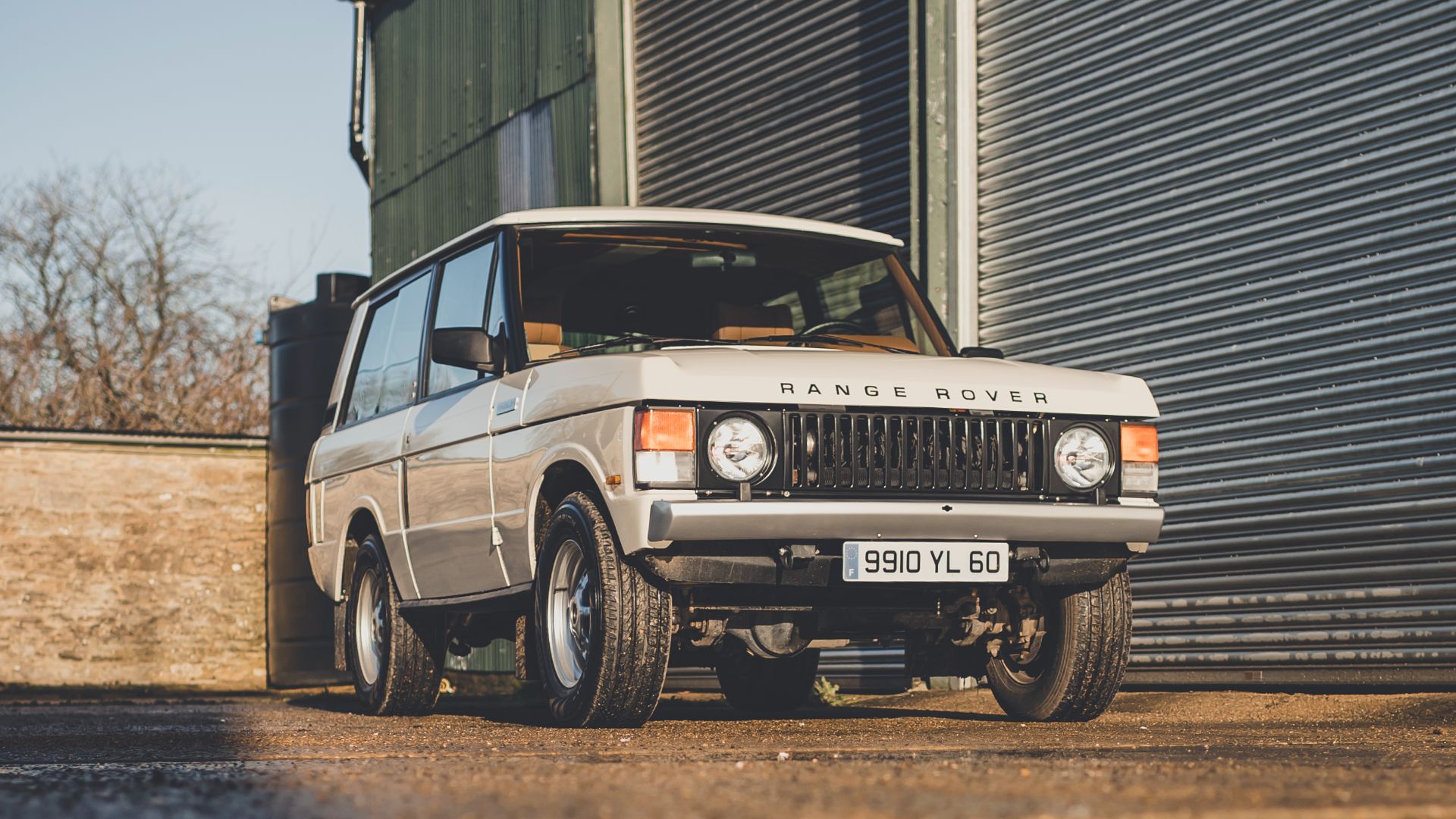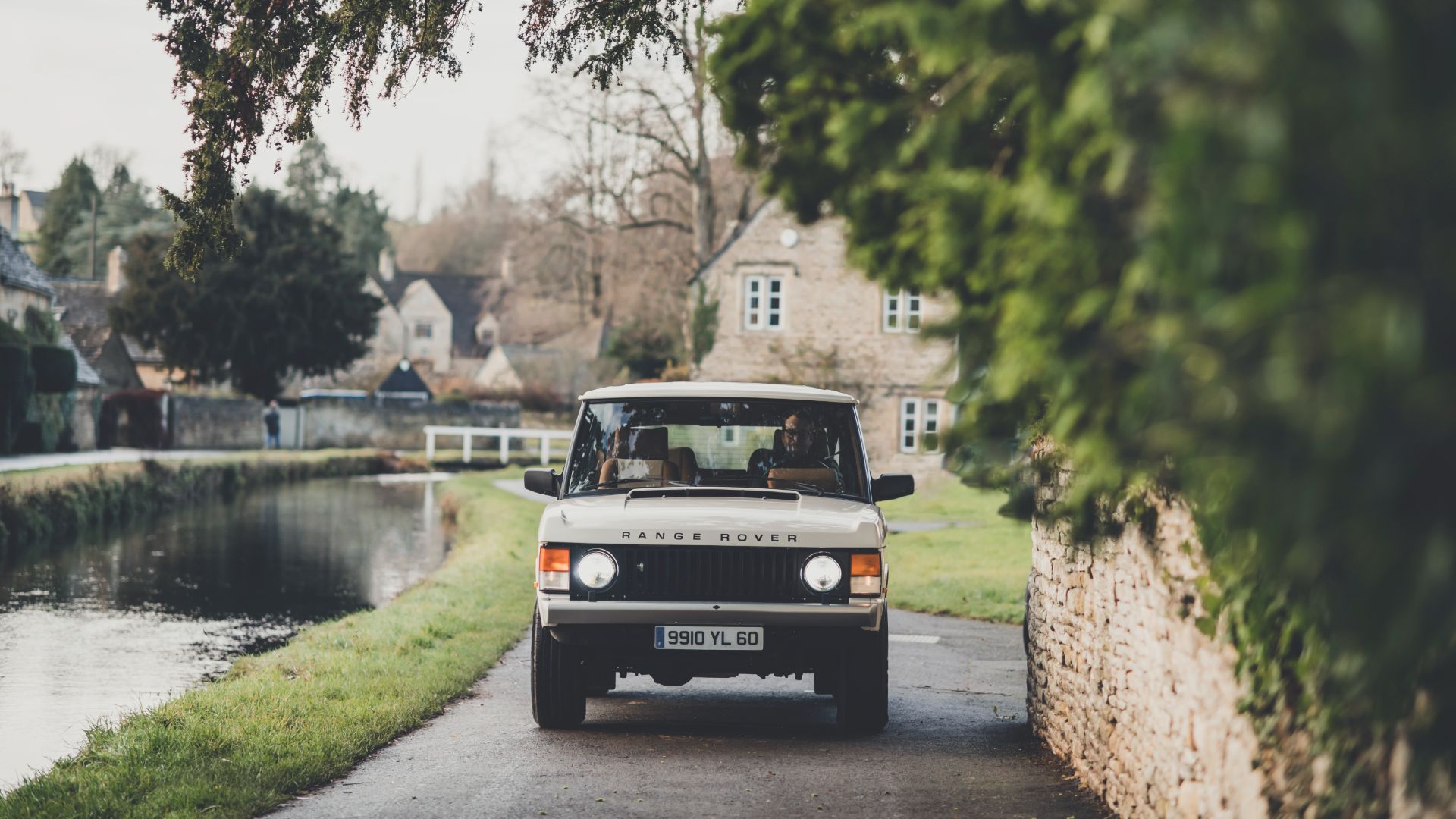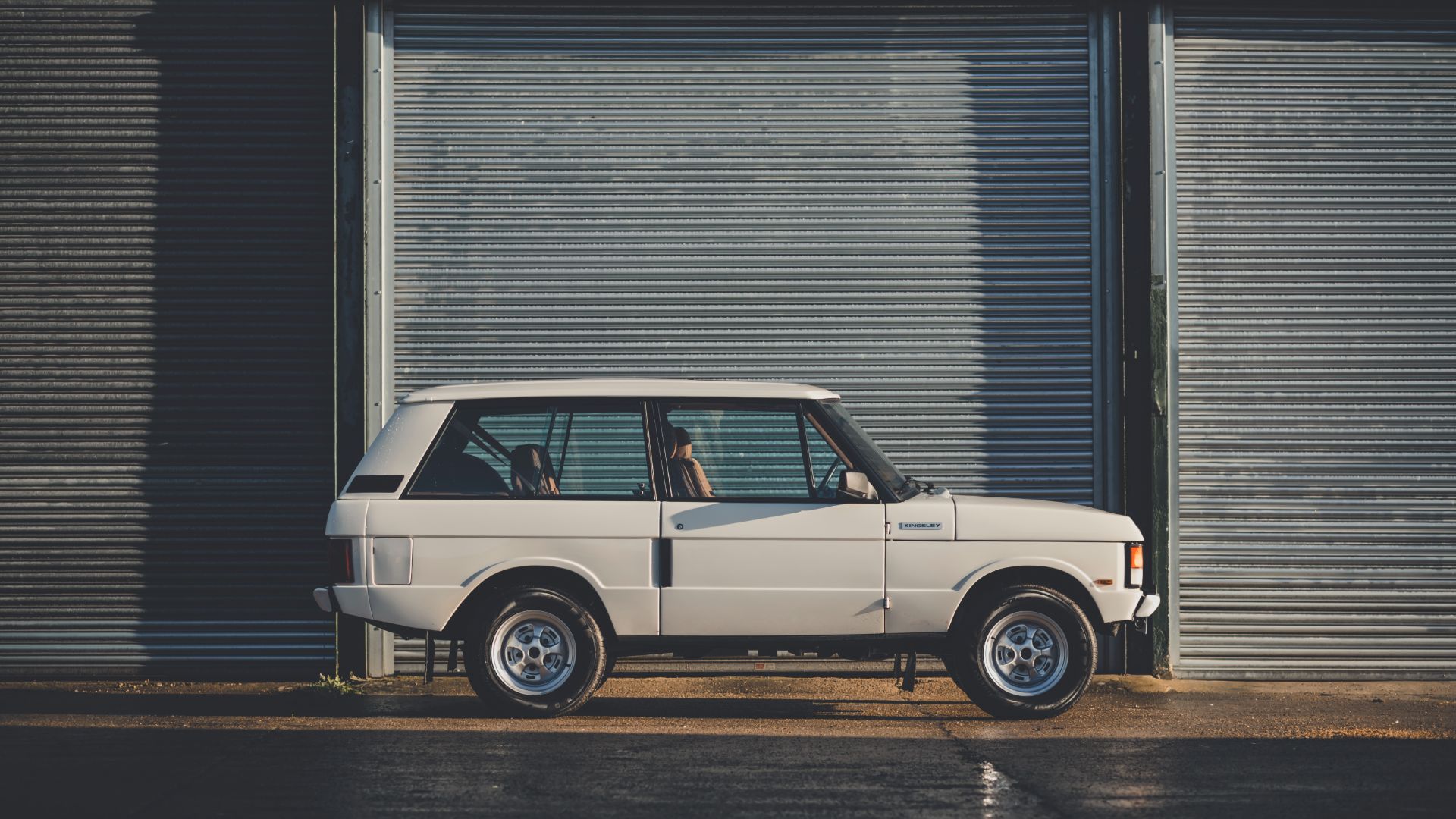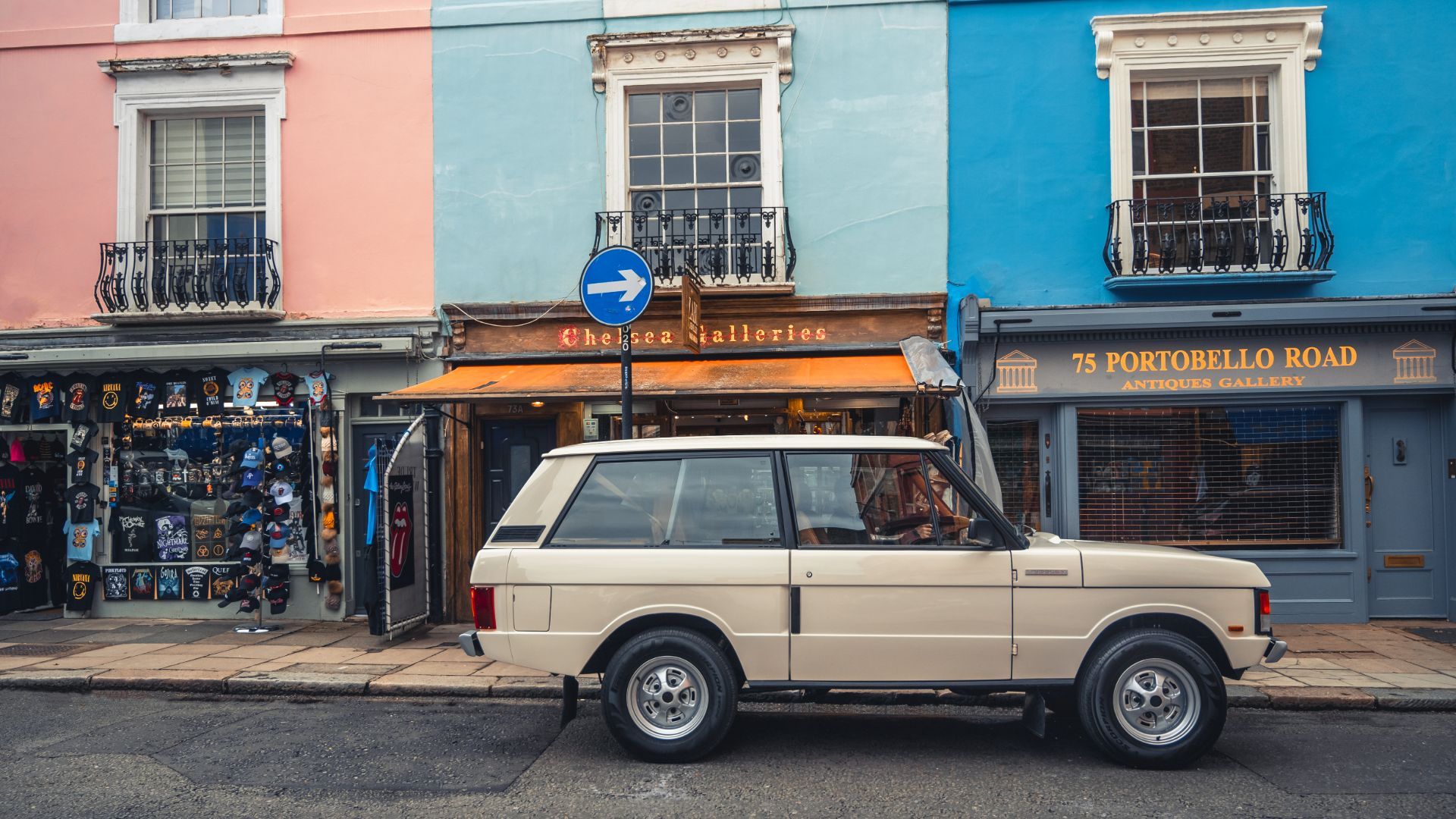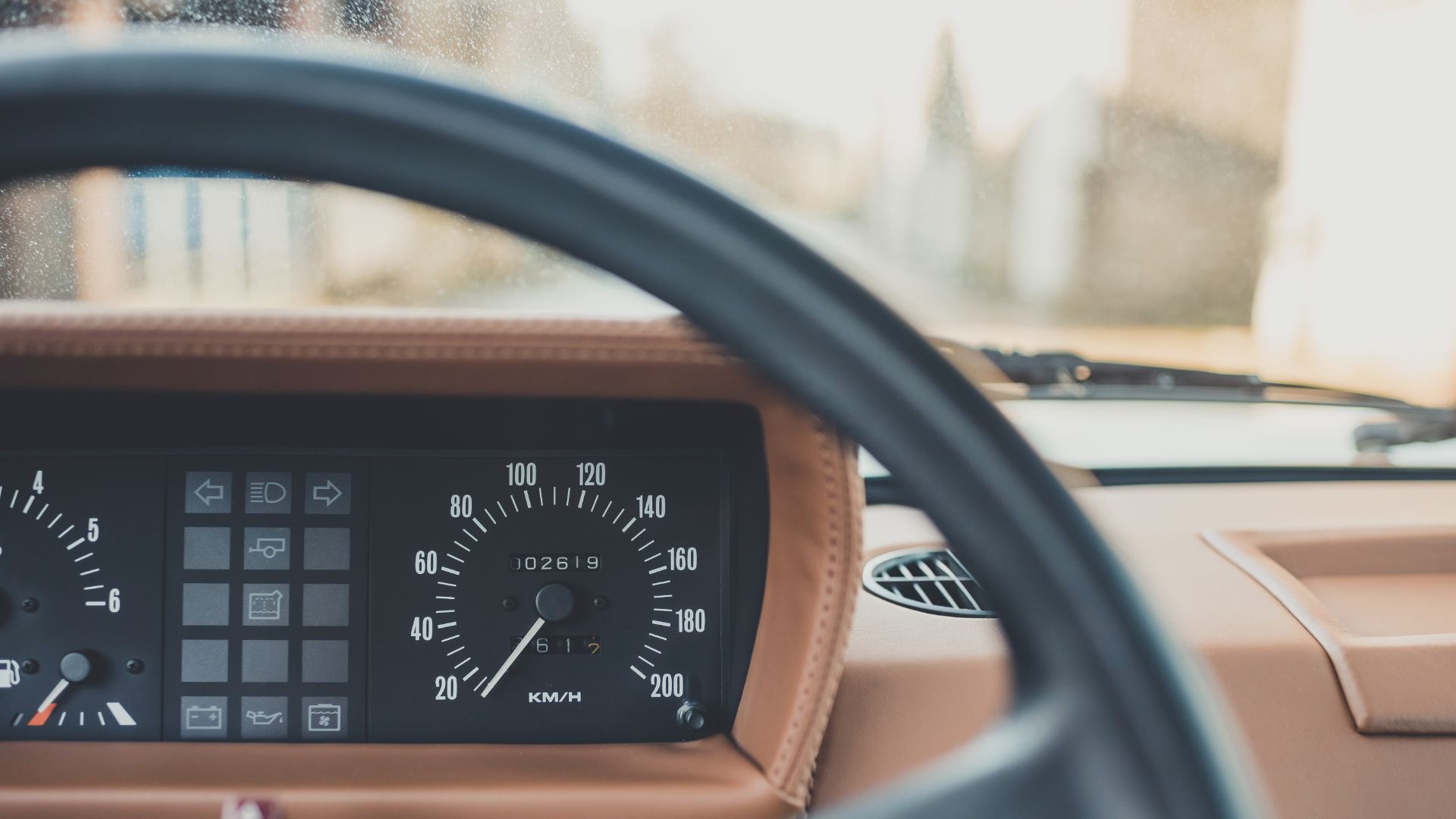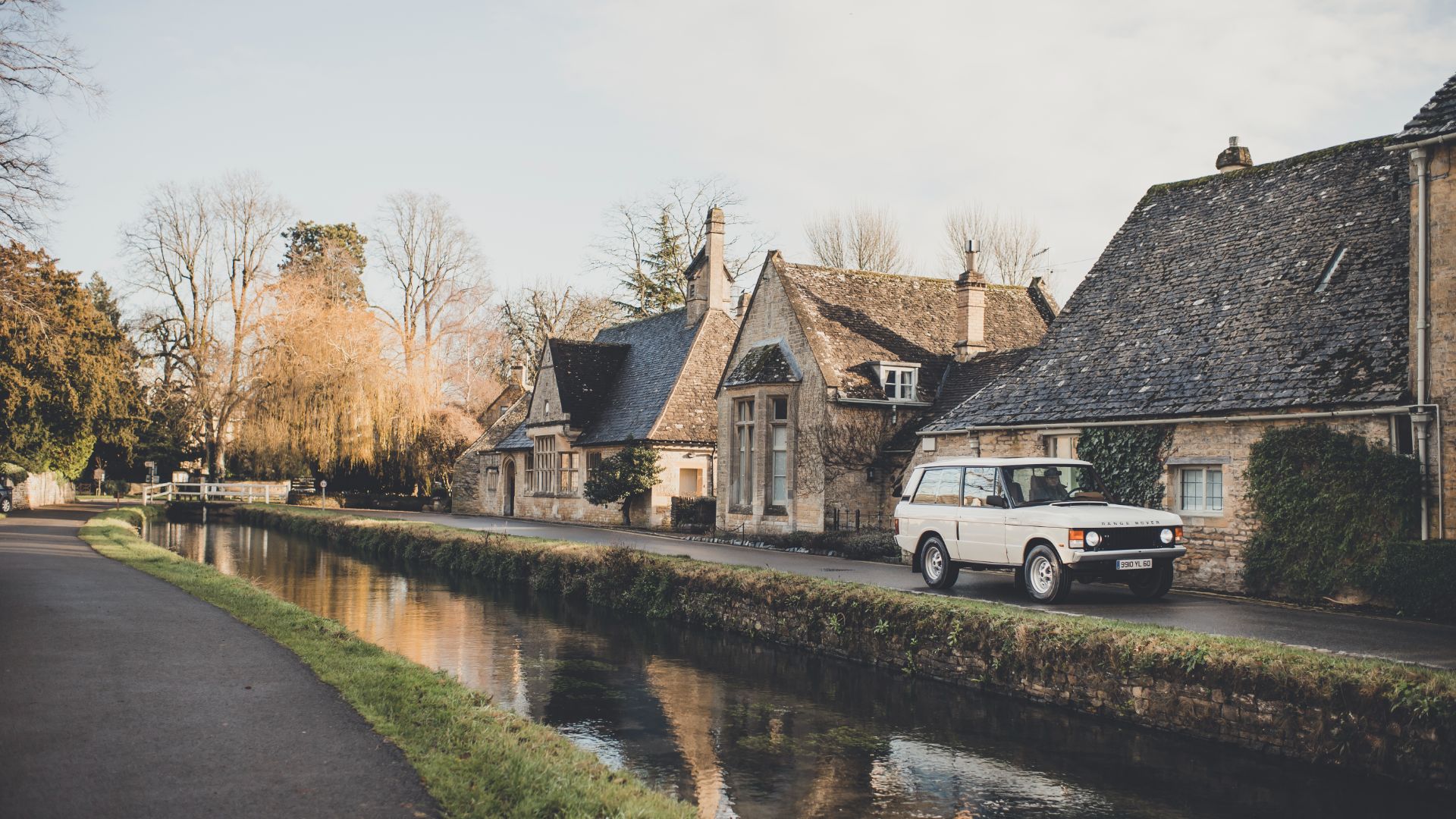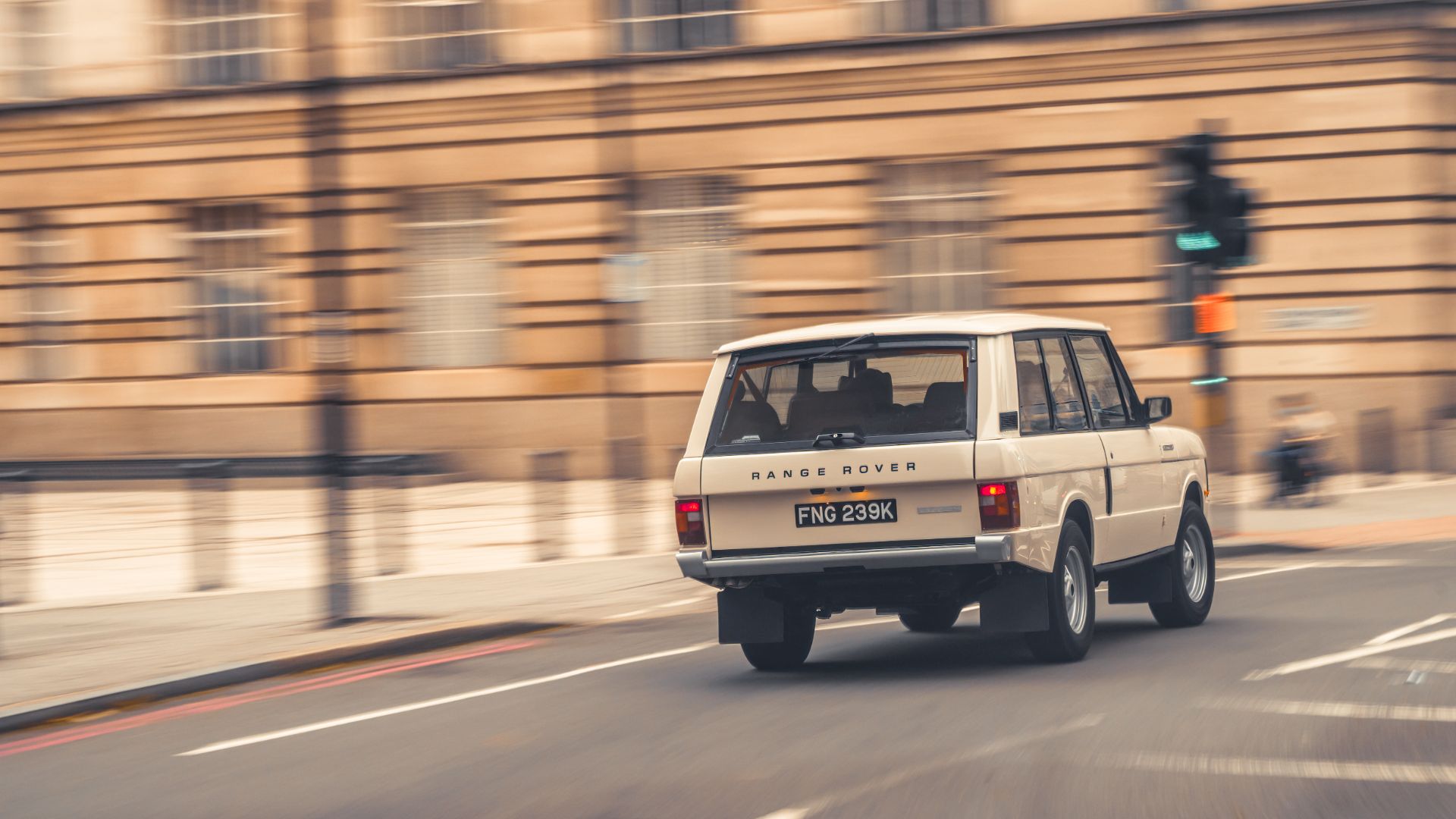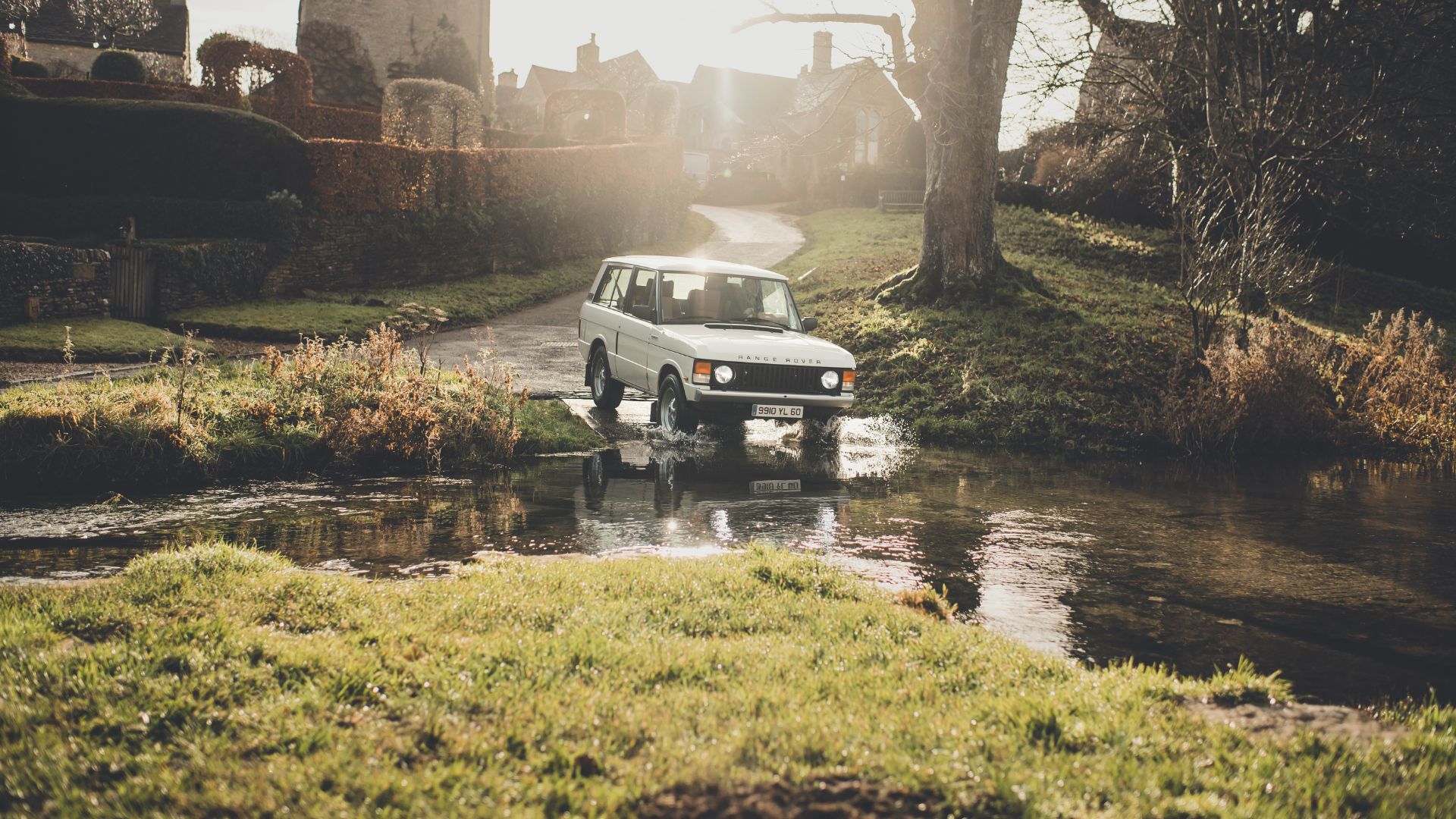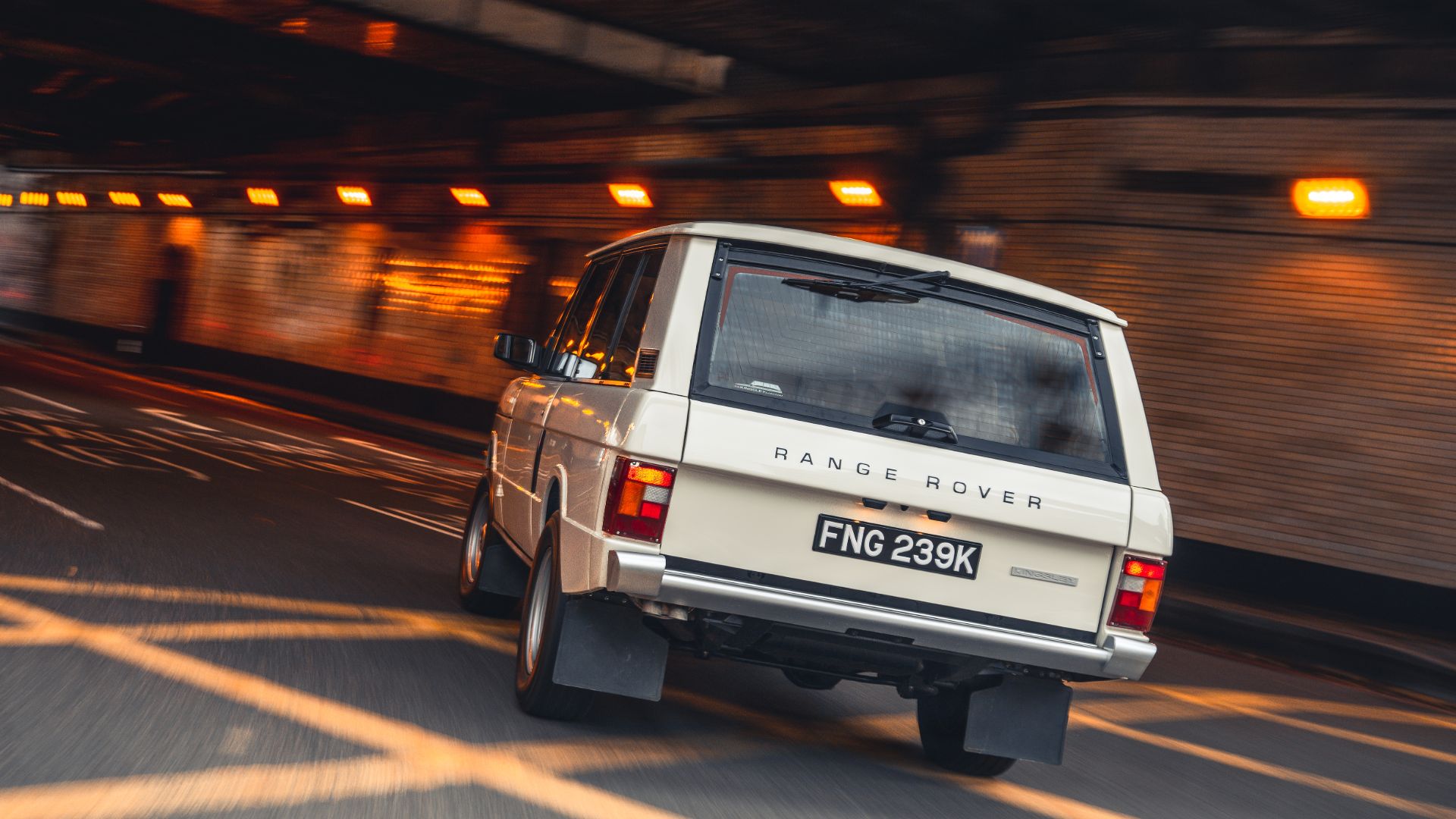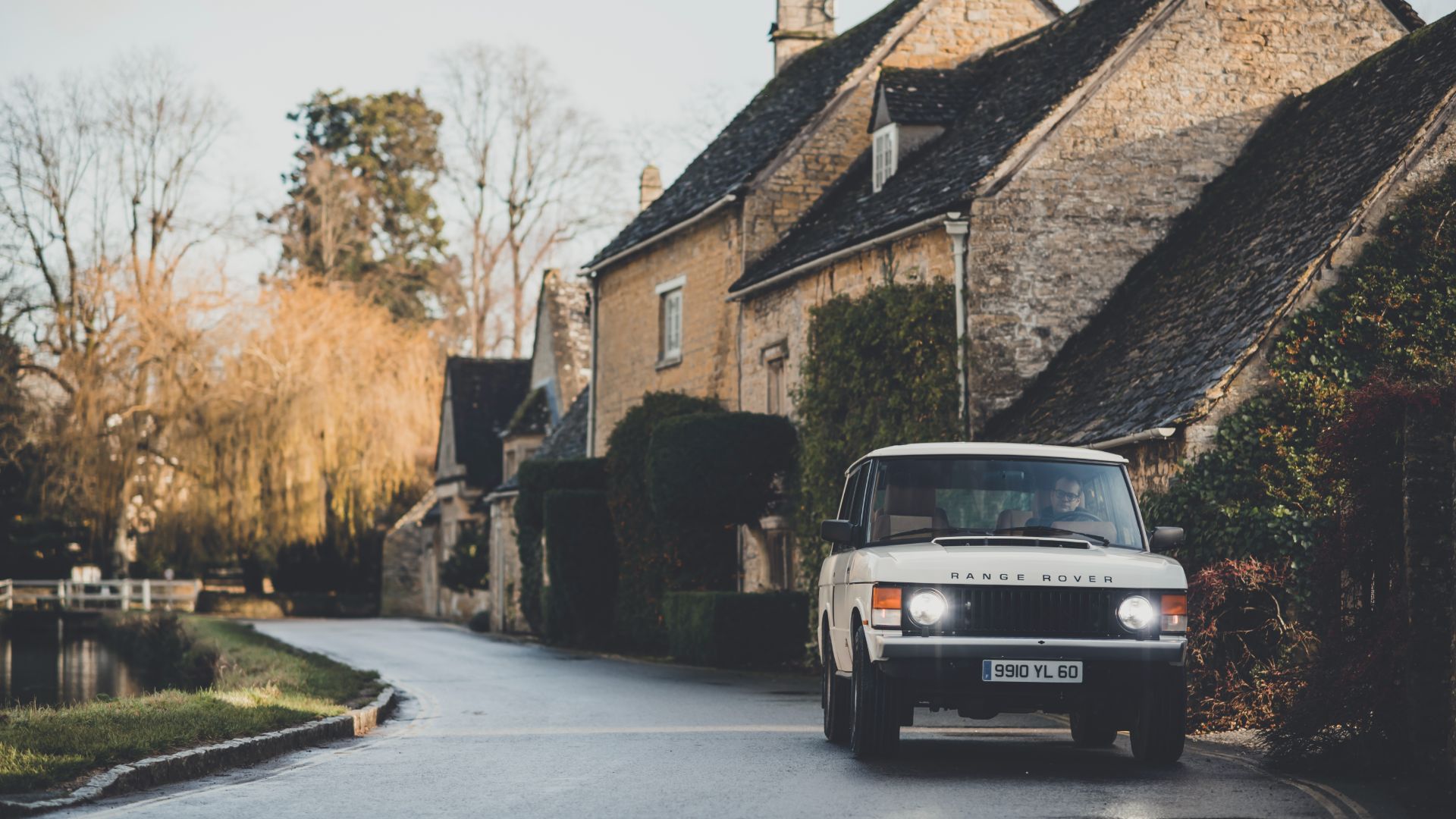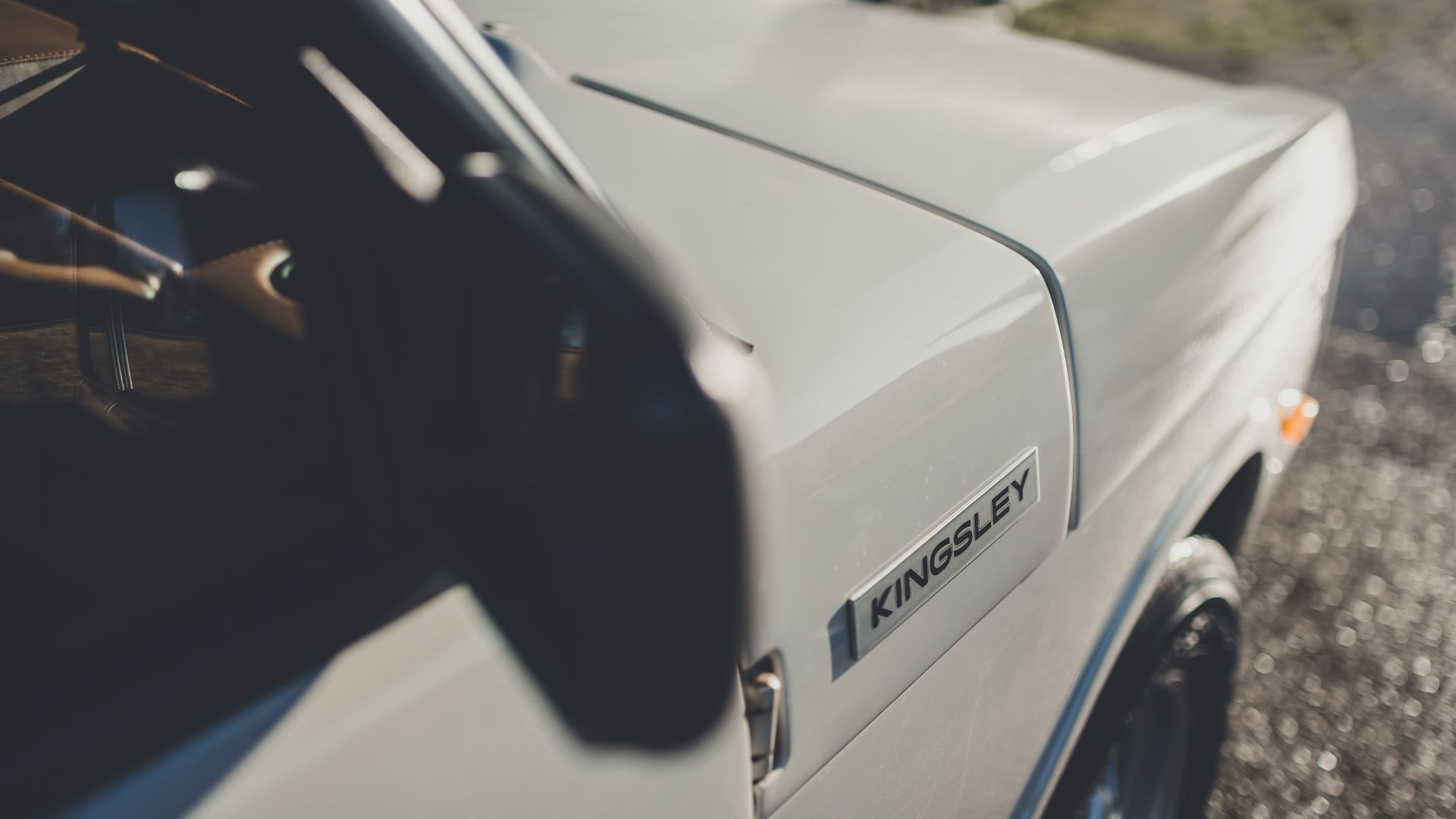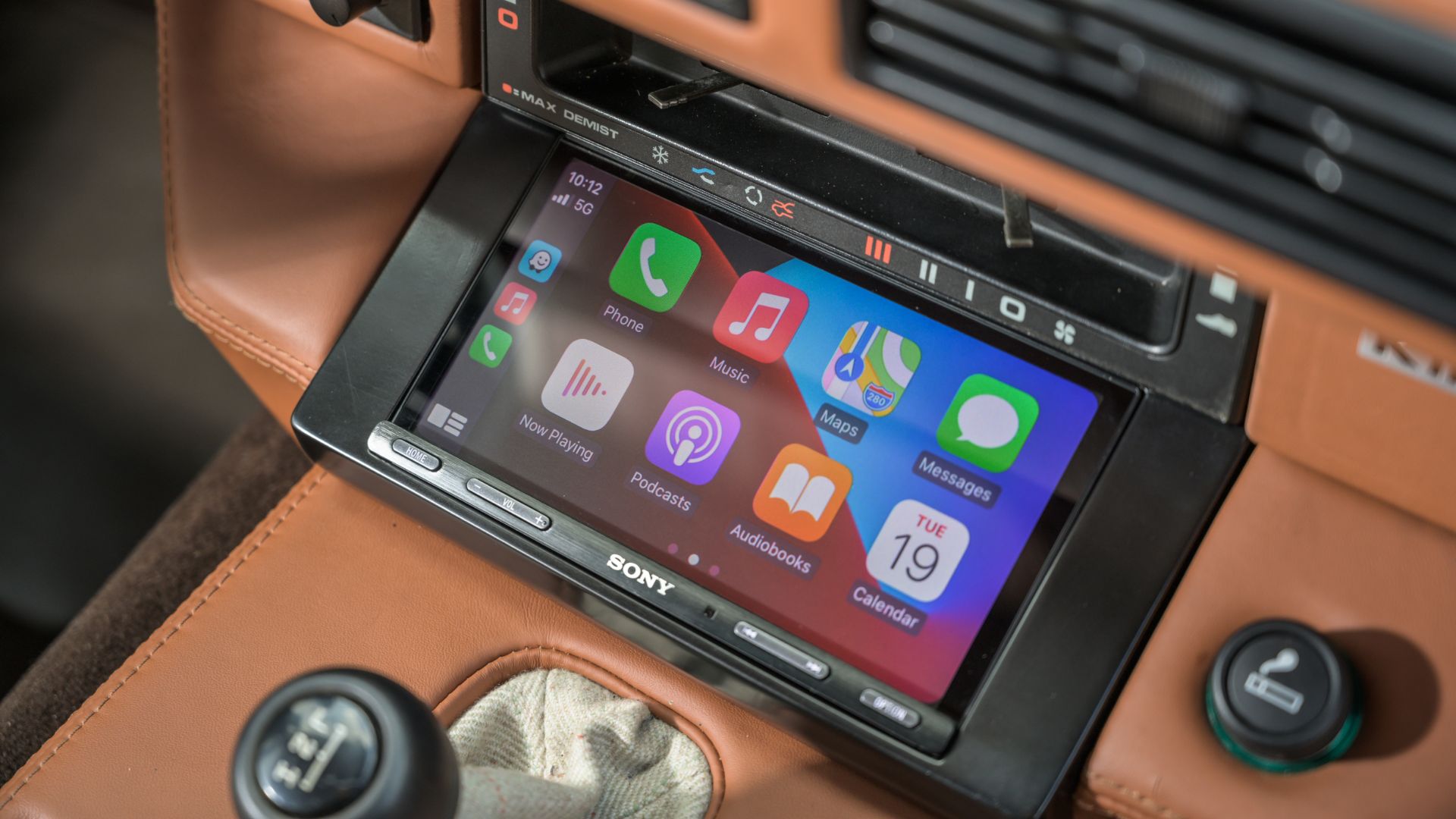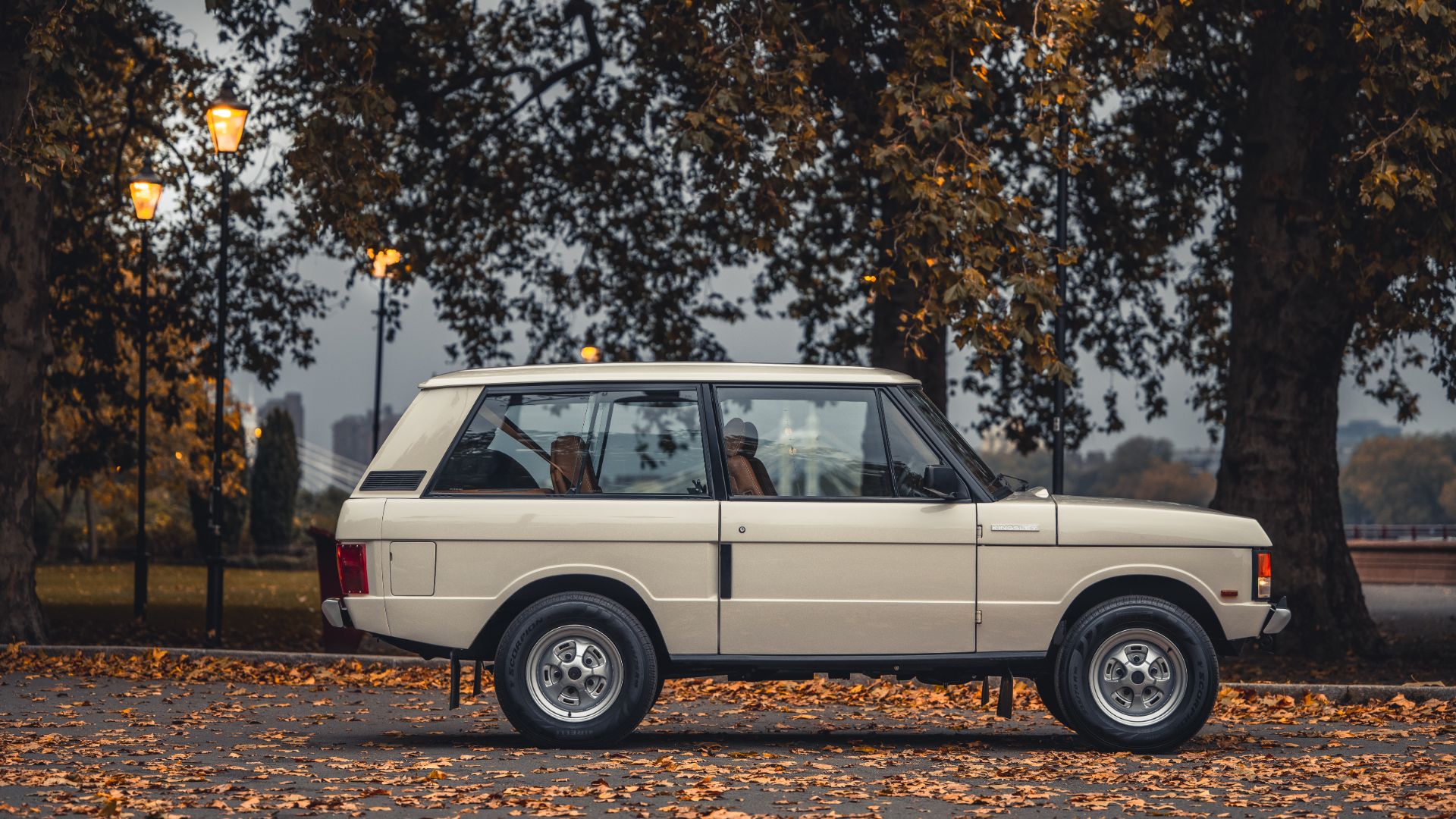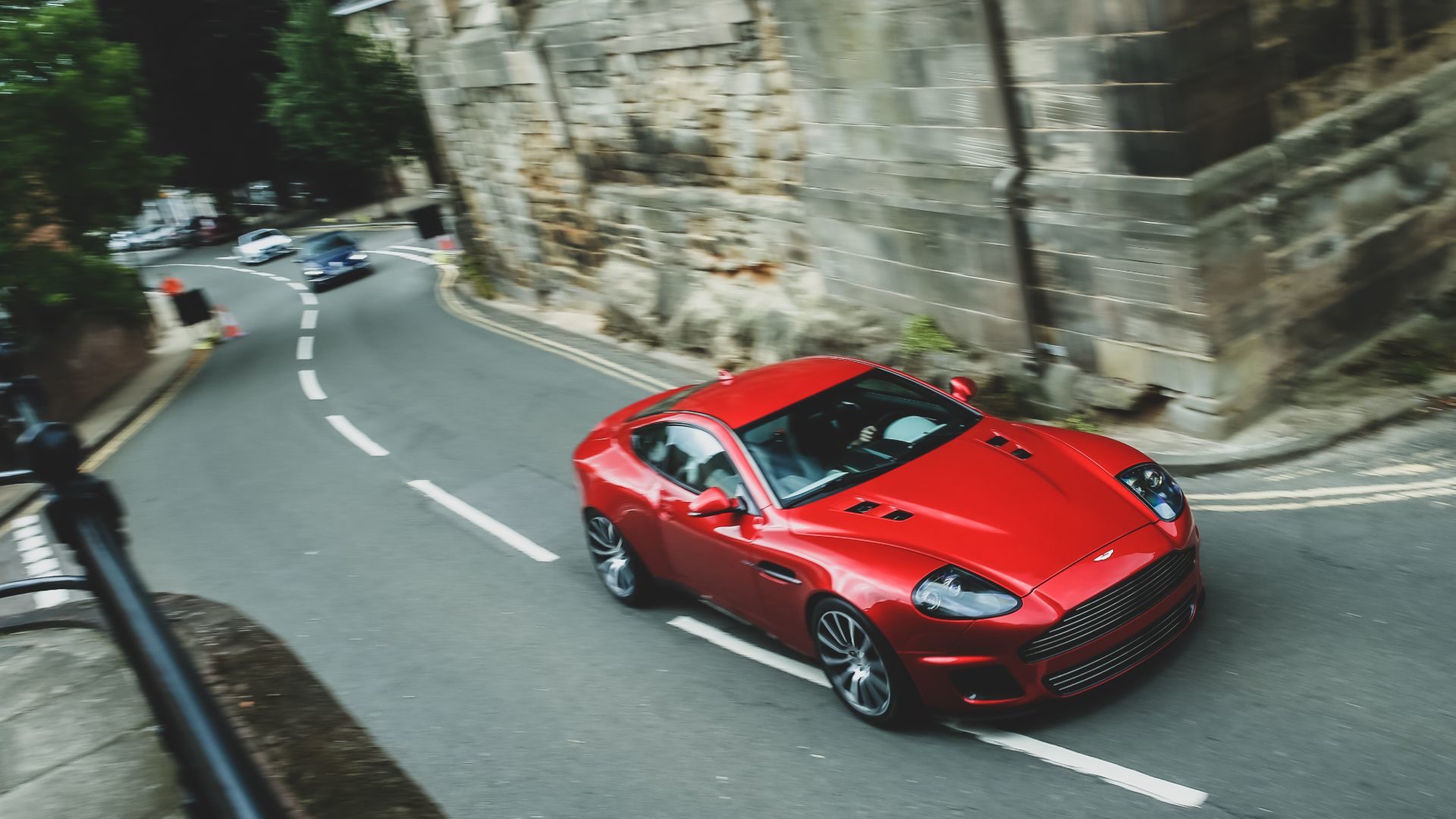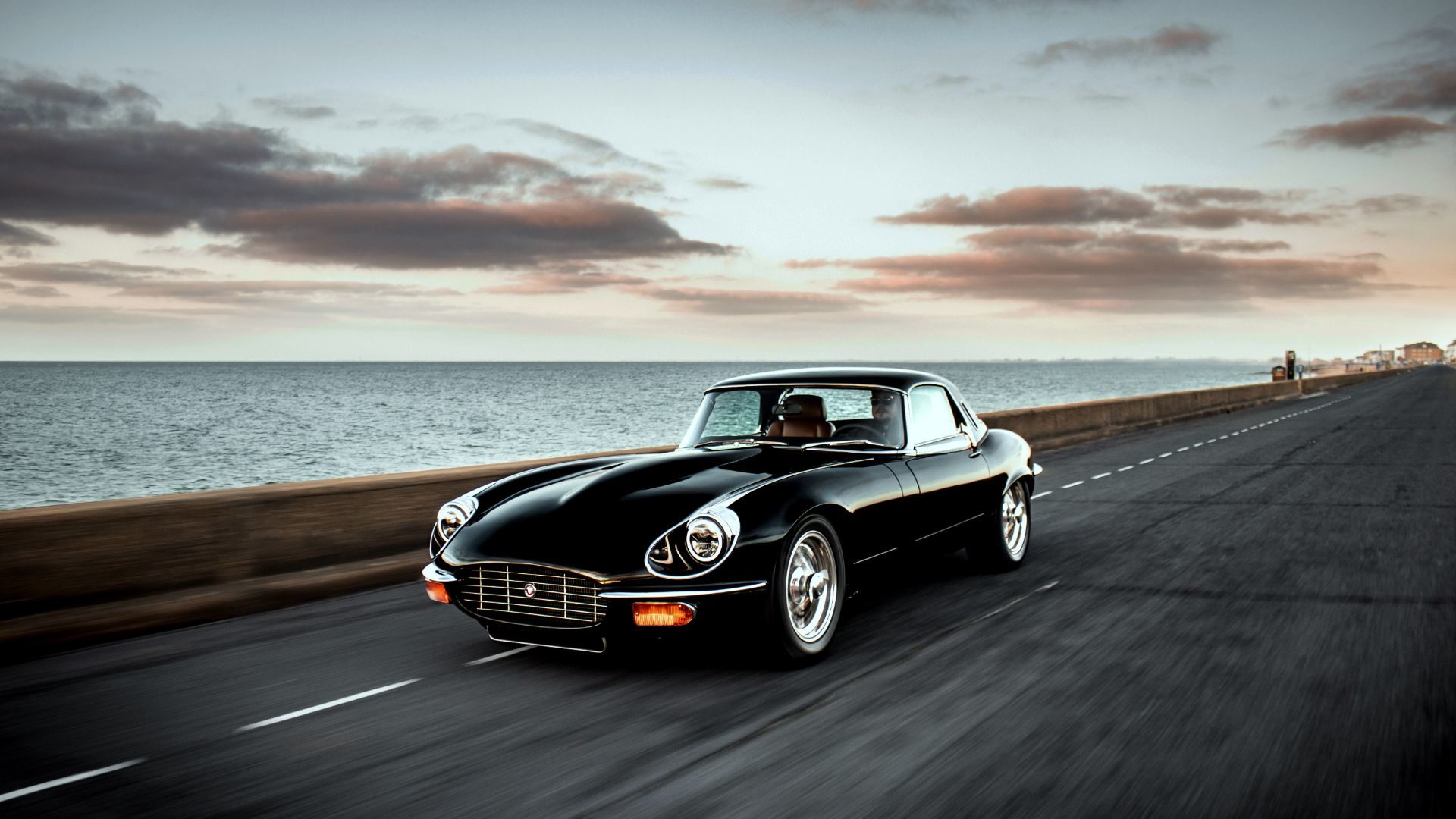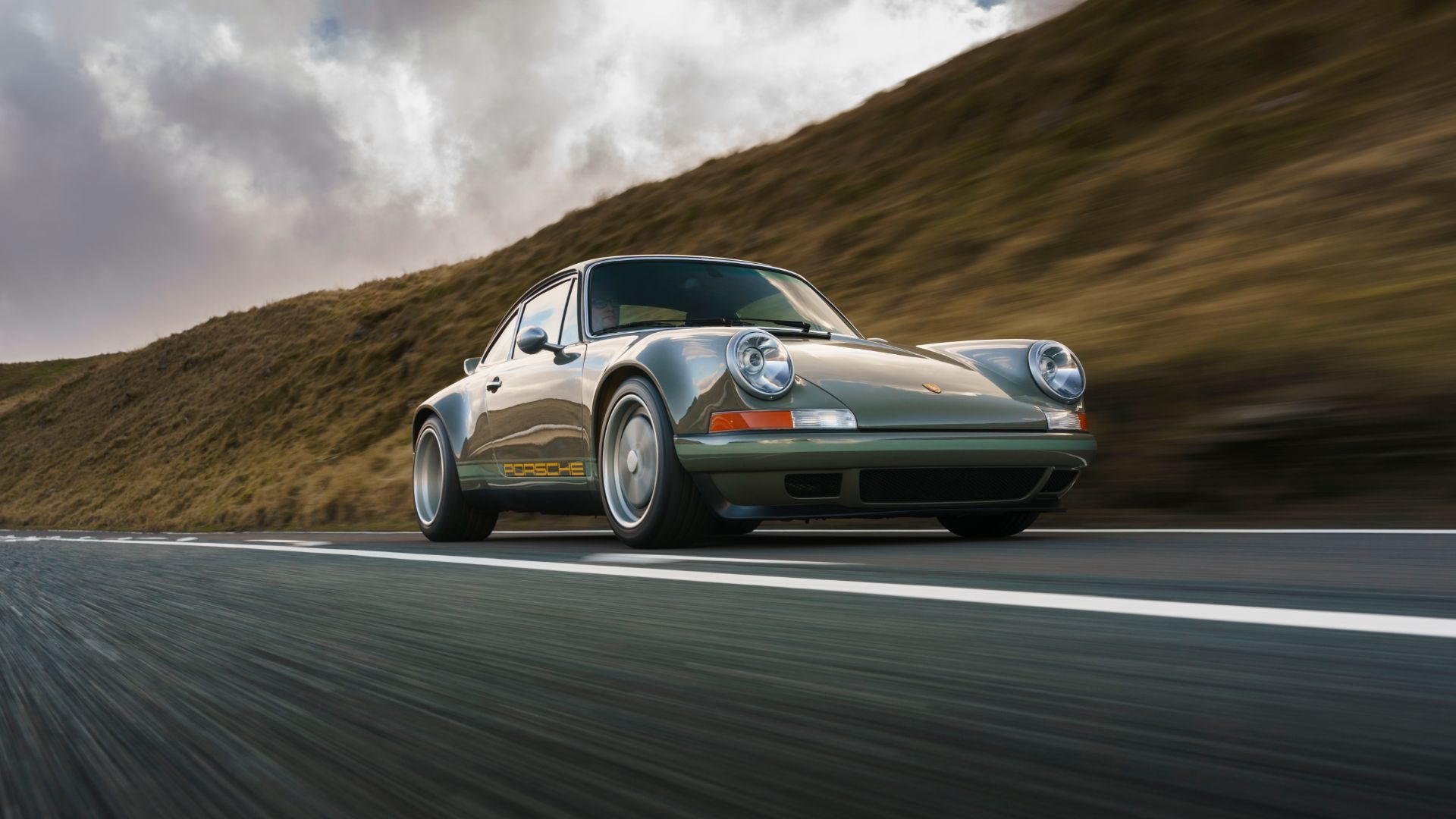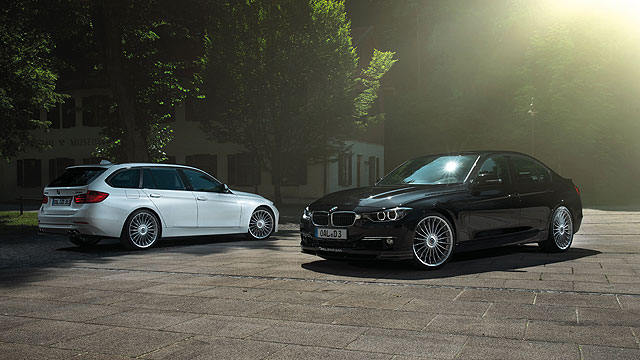Damon Oorloff rescues Range Rovers – 415 of them, to be exact. The founder of Kingsley Cars grew up a short walk from the Solihull factory, where most of his neighbours worked. “I rebuilt my first Range Rover when I was 18 and I’m now 56,” he reveals. “They’re a classless car, at home on a council estate or outside Buckingham Palace.”
Twelve years ago, Oorloff remortgaged his house and turned his hobby into a business. Kingsley Cars, based near Oxford, now employs 23 people and will soon open a second workshop in Los Angeles. Along with restoring Range Rovers – some 360-and-counting of that 415 total – the company offers a ‘re-engineered’ version, the KR Series. “It’s the car Land Rover never built,” he says.
Oorloff is a fully-paid-up petrolhead whose fleet includes a Porsche 911T, Aston Martin Virage and track-prepared Toyota GR Yaris. So despite his devotion to Range Rovers, he isn’t blind to their faults. “I adore Land Rover as a brand, but it isn’t German,” he says with a knowing smile. “These cars corrode spectacularly, and many people find them difficult to drive. That’s where the KR Series comes in.”
Reinventing an icon
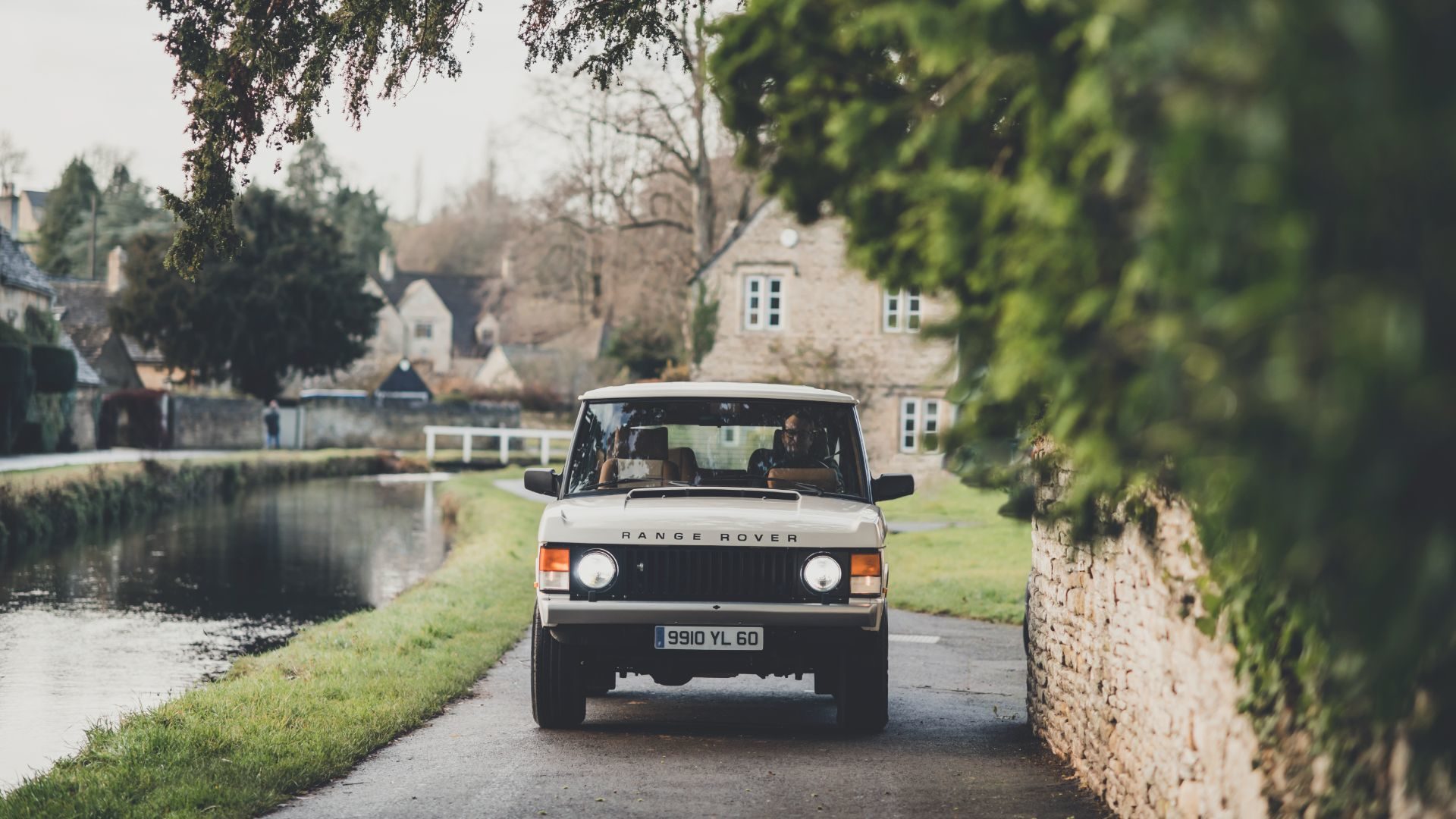
Kingsley Cars offers several levels of Range Rover restoration. The KC is a standard car returned to ‘as new’ condition. And the KR is a fully upgraded restomod. Oorloff says it offers “all the charm of the original, with performance and refinement that many of today’s luxury SUVs struggle to match”.
Each KR begins life as one of the final two-door Range Rovers. “It’s the only model that was welded together, rather than bolted, which means no chassis flex.” These ‘phase five and six’ cars were built between 1991 and 1993, solely for the Spanish and Portuguese markets, and Kingsley Cars has tracked most of them down. Incredibly, the company has about 450 cars in storage, both in the UK and abroad, around 300 of them ready to become restomods.
The KR comes with a choice of three engines. An upgraded 4.6-litre Rover V8 is the default option, but U.S. buyers can also specify a Chevrolet LS3 or supercharged LT4 V8 – the latter with a mildly terrifying 600hp. Upgrades are also made to the brakes, suspension and interior, utterly transforming how the Range Rover drives. Or so I’m promised.
Lincoln parked
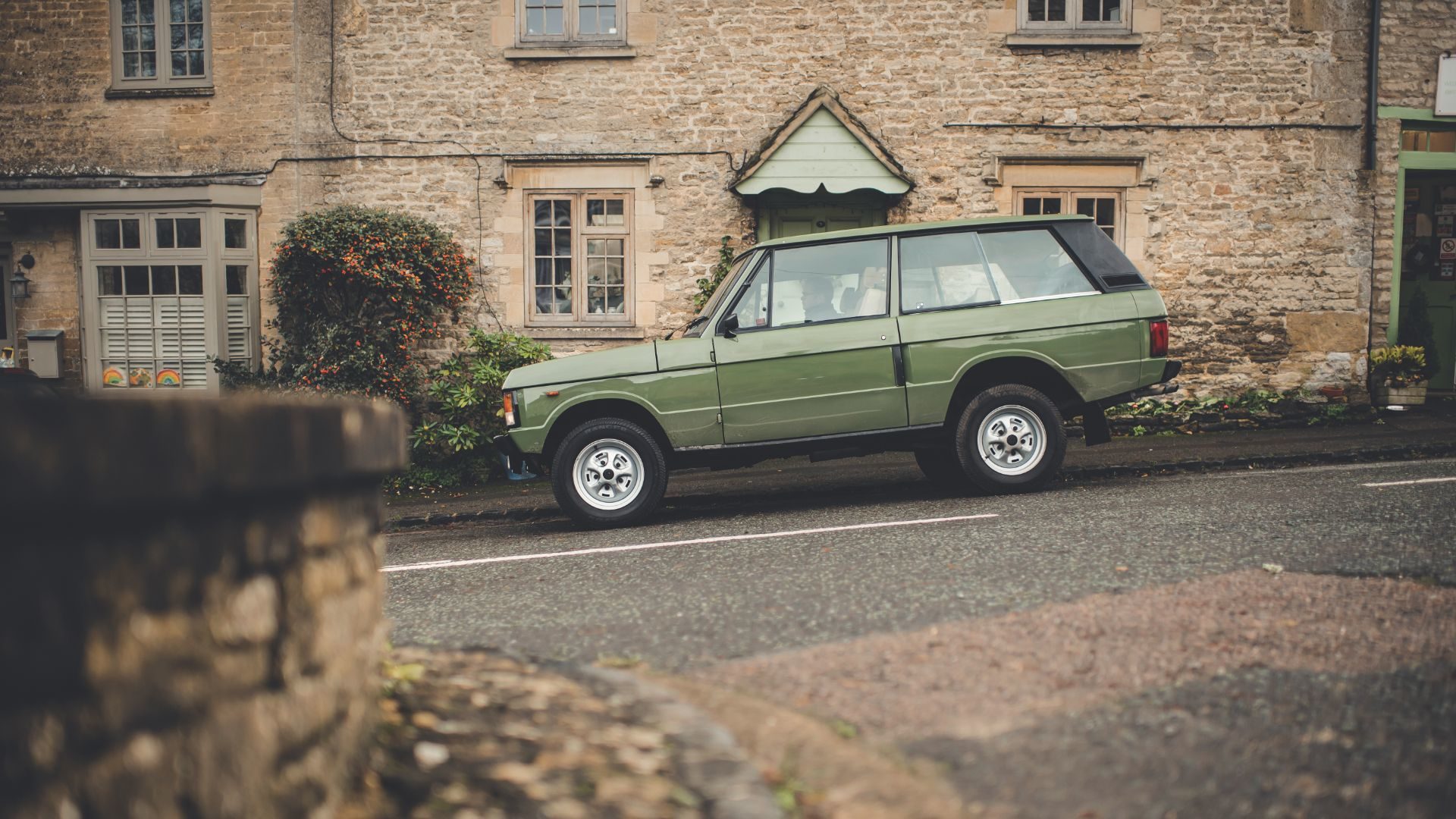
I started my career working on the now-defunct Land Rover World magazine, but it’s been more than a decade since I’ve driven a classic Range Rover. So, before I clamber aboard the KR, Oorloff suggests I sample an original, unmodified example again.
The car in question is a 1981 Range Rover two-door in gorgeous Lincoln Green on steel wheels. Its 120hp 3.5-litre V8 has covered a modest 67,000 miles and has a four-speed manual gearbox. At the time of writing, it’s for sale at £44,500.
Inside, the flat seats are trimmed in beige cloth, with the floor and huge transmission tunnel swathed in rare ‘teddy bear’ yellow carpet. A small binnacle houses the speedo and combined fuel and water temperature gauges. Pull out the choke (remember them?) give it some gas and the engine coughs rambunctiously into life. Hello again, old friend.
Feeling the heat
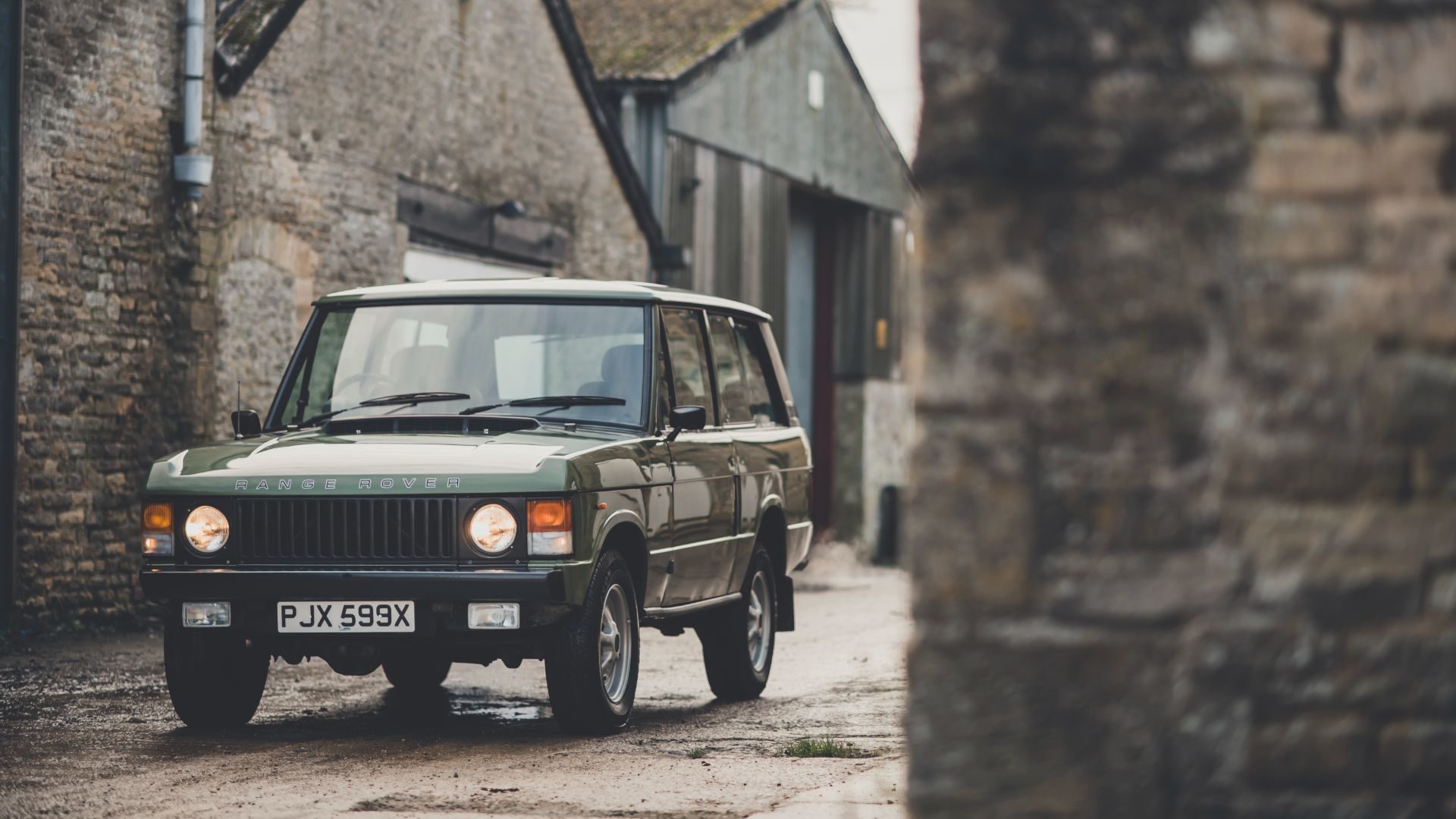
The Range Rover is exactly as I remembered; it can’t fail to make you smile. Despite its relatively modest size – its footprint is similar to a new Range Rover Evoque – the driving position is lofty and commanding, helped by huge windows and skinny roof pillars. With ample torque from the easygoing V8, it feels unstoppable.
Perhaps too unstoppable. The brakes are also rather ‘easygoing’ and the power steering is vague, with lots of slack around the straight-ahead. The gearshift is pretty approximate, too – finding the right ratio is like playing hook-a-duck with your eyes shut. Also there’s no air conditioning. On a baking July day, I soon break a sweat.
I can’t think of many cars I’d enjoy more for tootling to a country pub for Sunday lunch. However, the prospect of a long journey in a classic Range Rover is far less appetising. As Oorloff puts it: “You’d be doing 55-60mph all the way, dicing with lorries in the inside lane. And that’s no fun.”
A Brit of all-white
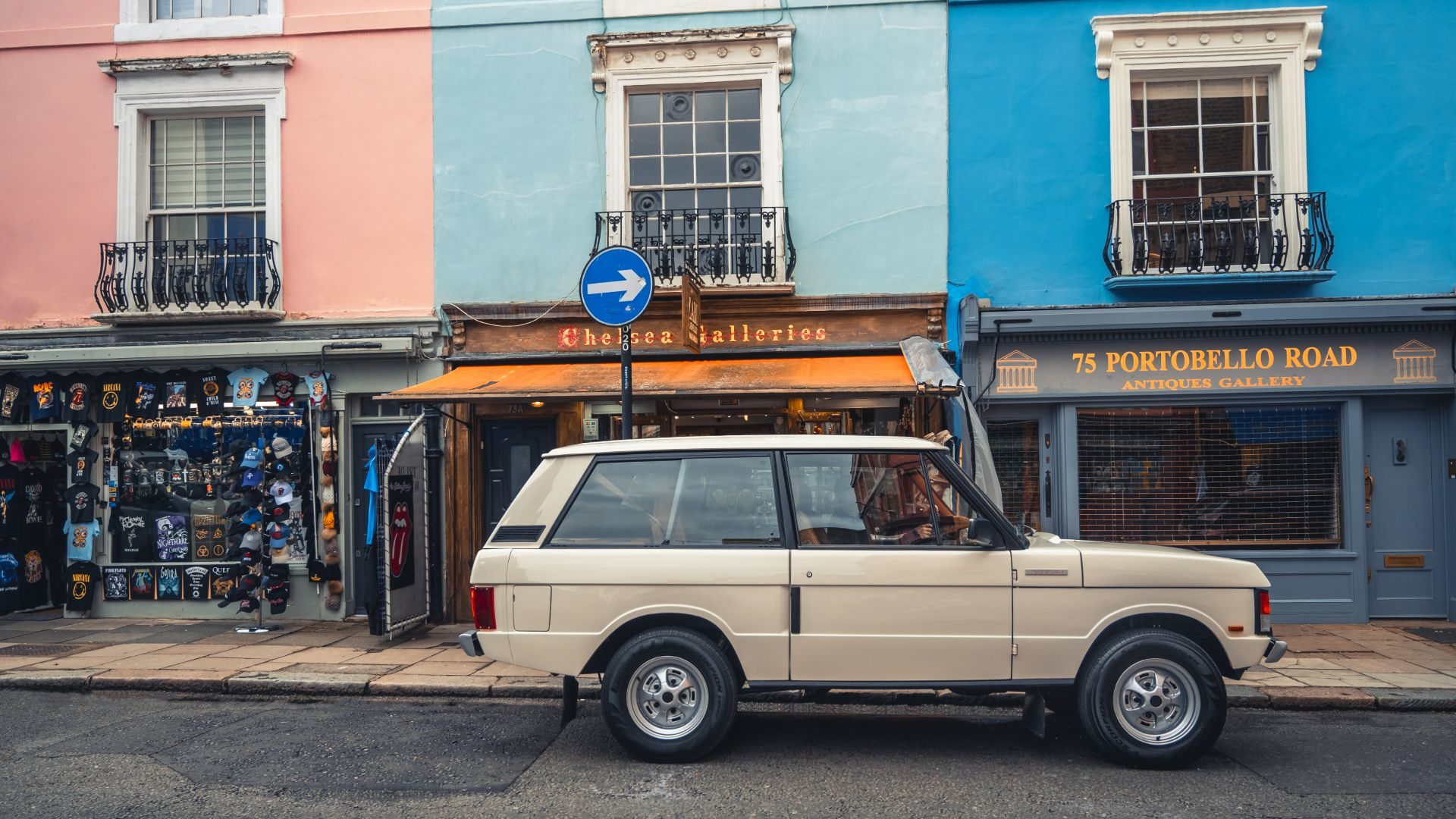
Apart from its Davos White paint (another oh-so-evocative name), the KR Series looks, at first glance, almost identical to the standard car. Get closer, though, and you start to notice all the detail differences: wider Rostyle wheels, a hidden handle for the split tailgate, proper window seals and much more.
This left-hand-drive car, originally supplied to France, is also for sale as I write, priced at £165,000. Its fuel-injected 4.6-litre V8 has been tweaked by Kingsley Cars to deliver around 280hp, more than twice the green car’s output. Equally impressive, though, is the uplift in fuel economy; a figure of 25-27mpg is nearly twice as efficient.
After the agricultural original, the interior is something of a culture shock. Teddy bear trim has been swapped for deep-pile carpets and Bentley Nappa leather. There’s air conditioning (phew!), heated seats, an electric sunroof, sat-nav and even infotainment with Apple CarPlay. The driver of a modern Range Rover would feel instantly at home.
Smooth operator
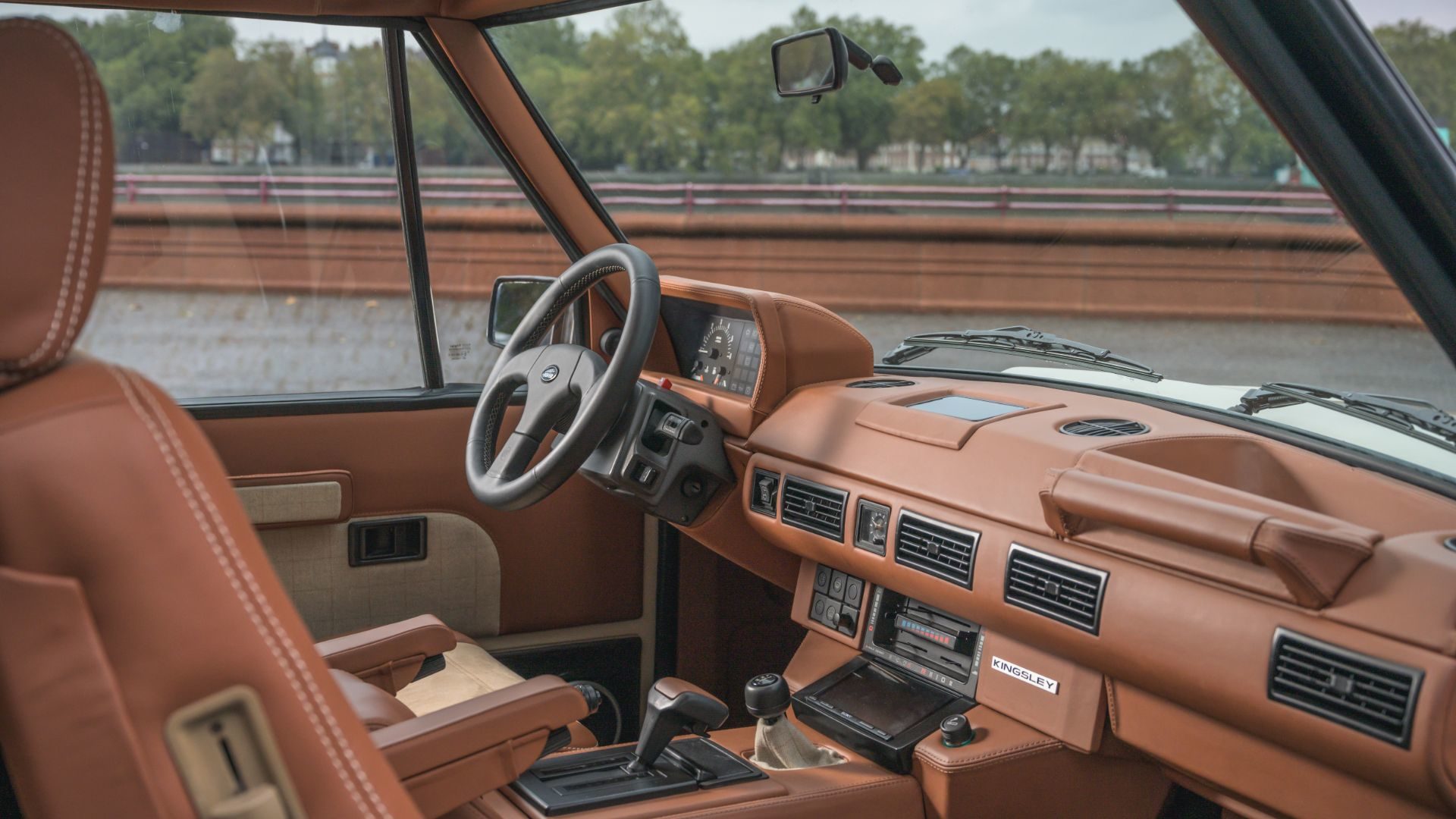
I twist the custom-made billet aluminium key and the V8 settles to a menacing, pulsating idle. It sounds not unlike today’s flagship Range Rover Sport SVR, albeit somehow more authentic. The bolstered seat holds me firmly in place and the three-spoke steering wheel is small and sporty. This time, there are no issues with selecting a gear: just shift the auto ’box into Drive and go.
The KR doesn’t bludgeon a road into submission like the SVR, but it gathers speed swiftly, and effortlessly keeps pace with modern traffic. Its engine is smoother than double cream, while its transmission blurs everything into a seamless shove. Part-luxury car, part-muscle car, it has a beguiling depth of character.
A sports car, too? Not really, although the Kingsley-spec suspension and beefier brakes do make the KR more assured. There’s a newfound precision in its steering, much less body-roll in corners and a pliant composure to its ride. Forget Sunday pub runs, I’d happily drive a KR every day.
Self-preservation society
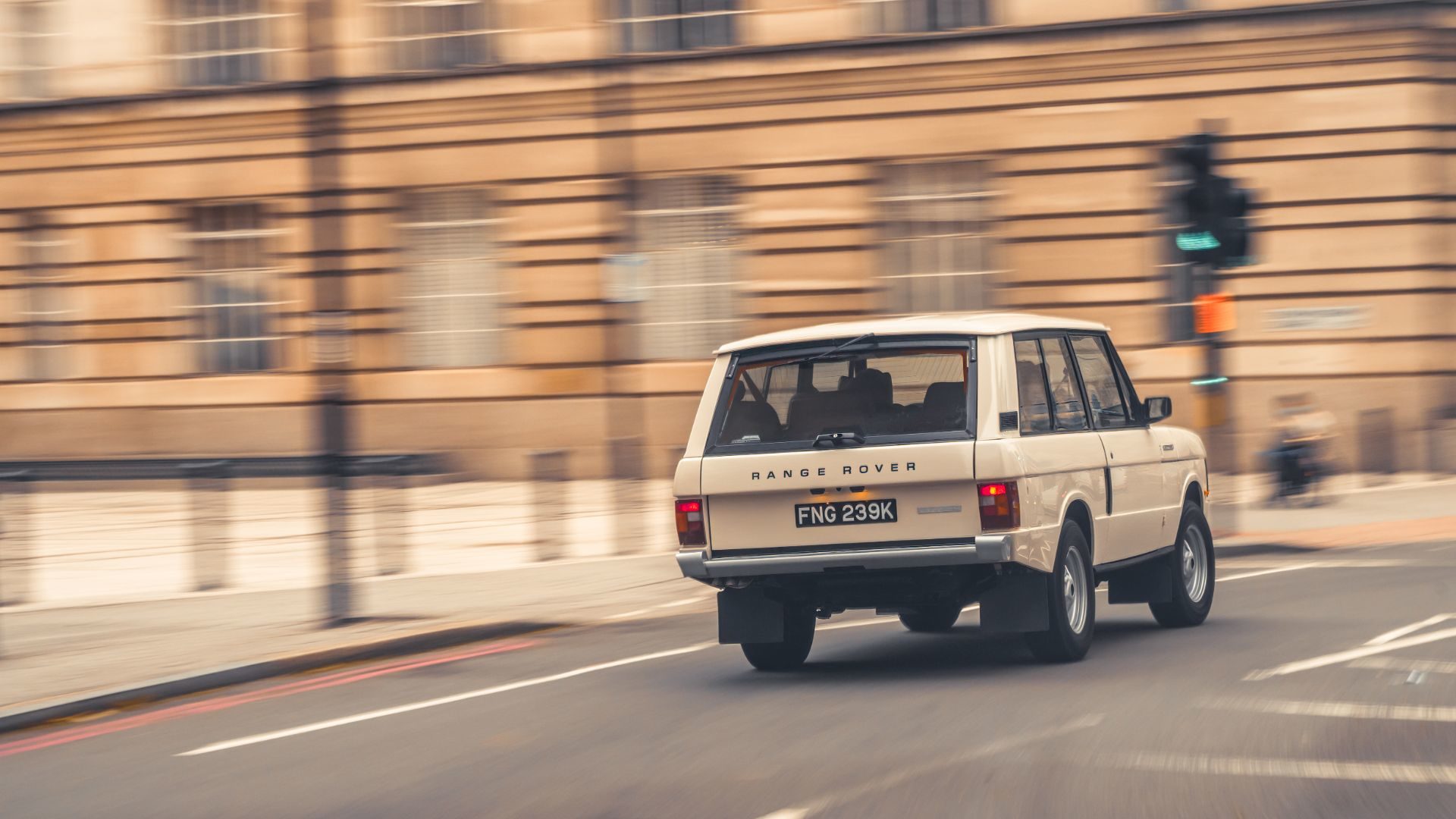
Oorloff is right: the Range Rover isn’t German, and its characteristic Britishness has been lovingly preserved here. The KR Series takes what we all love about the classic original – its understated styling, brawny V8, high driving position and all-terrain ability – and updates it for the 21st century.
Granted, the conversion isn’t cheap, but the quality of workmanship is top notch. Oorloff has far too much passion for the product to sell the Range Rover short. That’s why these cars are bought by enthusiasts from all over the world, from the West Coast to the Middle East.
By the time you read this, that figure of 415 Range Rovers rescued will have grown again. Let’s hope Kingsley Cars keeps on saving them.
ALSO READ:
Best luxury SUVs to buy in 2021
New Jaguar E-Type Unleashed 2021 review
